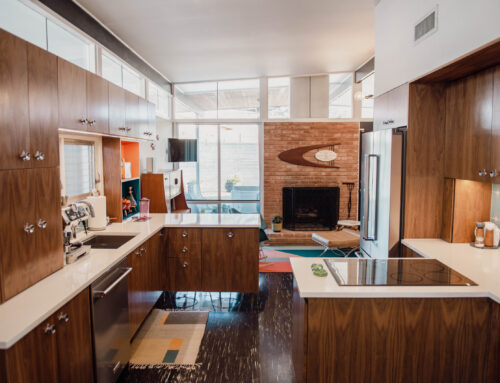 For decades, families in East Dallas and Lake Highlands have enjoyed summers at their local public swimming pools — learning to swim, diving and dunking, and getting a brief reprieve from the sweltering Texas sun.
For decades, families in East Dallas and Lake Highlands have enjoyed summers at their local public swimming pools — learning to swim, diving and dunking, and getting a brief reprieve from the sweltering Texas sun.
With an annual attendance of roughly 10,000 visitors each, Tietze Pool, Lake Highlands Pool, and Oak Cliff’s Kidd Springs and Martin Weiss pools are the most popular in the city. But most of Dallas’ swimming pools have significantly fewer visitors, with an average attendance of about 6,000.
Given the decrease in popularity of public pools, as well as the expense associated with their upkeep, the City of Dallas decided to reevaluate its long-term aquatics program. The resulting Aquatics Master Plan concluded that our existing pools do not meet the needs of today’s residents, are not equally distributed throughout the city, and (after years of deferred maintenance) would be very costly to repair and update.
The plan proposes to permanently close existing swimming pools, including Tietze and Lake Highlands, and replace them with eight “family aquatic centers.”
Three of these new facilities would be larger, more elaborate “regional” family aquatic centers located in north, central and south Dallas. These waterparks would include features such as lap pools, slides, zero-depth entry pools, play features for kids and lazy rivers.
The other five facilities would be smaller “community” family aquatic centers: scaled-down versions of the regional facilities with fewer bells and whistles. Bachman’s indoor pool and Bahama Beach waterpark would remain open, but all other existing swimming pools would close.
Replacing outdated neighborhood pools with fewer and larger facilities reflects a growing trend in publicly operated aquatics programs. The mini-waterparks arguably provide more efficiency of scale and better address current recreational interests. At a total cost of $40 million, they would also be a cheaper option than spending $44 million to overhaul Dallas’ existing pools.
Overall, this is a good long-term plan for Dallas aquatics. But as always, the devil is in the details. Under the current proposal, East Dallas and Lake Highlands give up a great deal, losing two of the city’s most popular pools.
By indiscriminately closing all existing pools without regard to popularity, Dallas is throwing out the baby with the pool water (you’re welcome). The city should consider keeping open some of its high-attendance pools, like Tietze and Lake Highlands, even after the aquatic centers are built.
The Aquatics Master Plan also calls for distributing the new aquatic centers with geographic uniformity across the city regardless of population density or historic pool usage.
That means that despite the heavy pool usage in East Dallas and Lake Highlands, these areas aren’t even being considered for one of the big regional family aquatic centers. Instead, the entire East Dallas/Lake Highlands area would get a single, small community aquatic center.
This seems more calculated to address the unfortunate realities of Dallas politics than to promote smart long-term recreational planning. A better approach would distribute the aquatic centers based on population and interest, placing more aquatic centers in high population areas with a track record of significant swimming pool use. For East Dallas and Lake Highlands, that could mean multiple community family aquatic centers or perhaps a single large regional facility.
The good news is that the city’s proposed aquatics plan — including the possible closure of all existing pools — is not written in stone. The Dallas Park Board and City Council are still discussing how to move forward, so now is a good time for East Dallas and Lake Highlands residents who care about Dallas’ aquatics system to become engaged and let their voices be heard.





